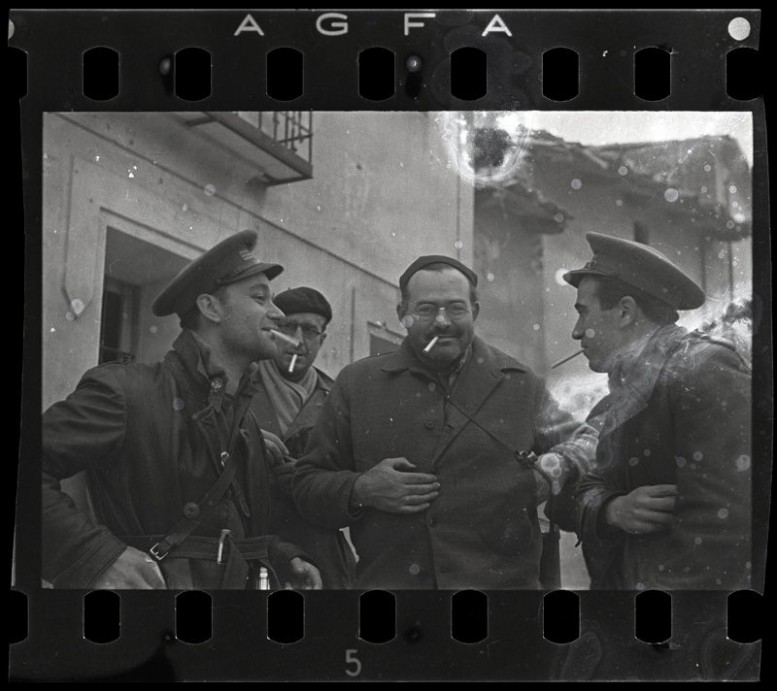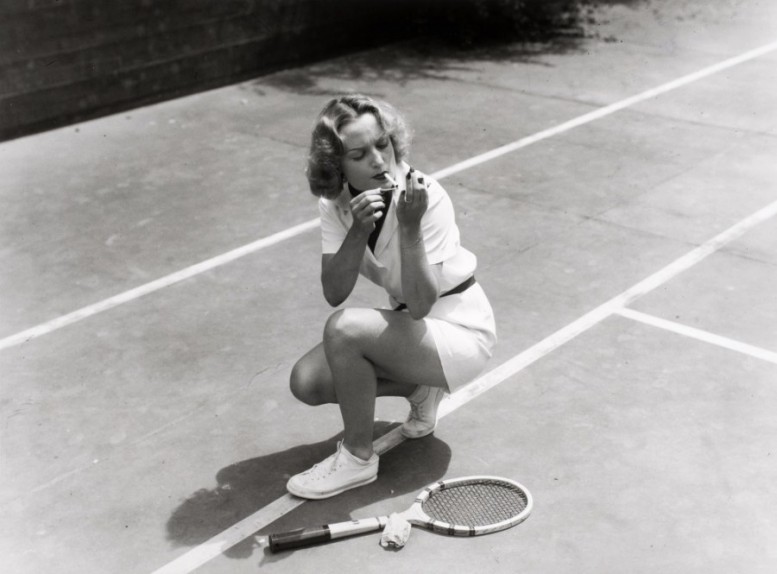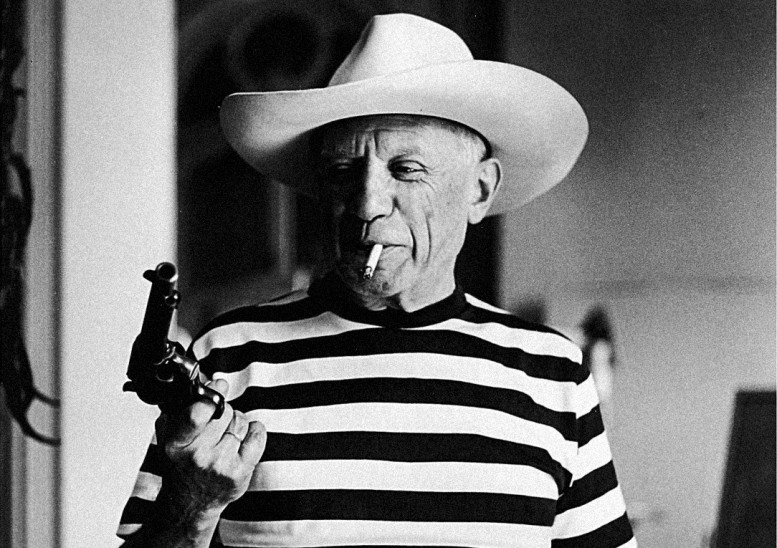“What do I see in Picasso that makes him Picasso?” wondered Edward Quinn, who took a large number of pictures of the Andalusian artist. Besides Quinn, many other photographers – some of whom were great names in the history of photography – Man Ray, Brassaï, Robert Doisneau, Dora Maar, Irving Penn, Edward Quinn, Robert Capa, Henri Cartier-Bresson, Michel Sima, Richard Avedon and André Villers – also shot portraits of the famous artist, offering their own angle on his work and personality. The result is a profusion of portraits of Pablo Picasso that have become part of our collective imagery and which have contributed to building up a myth around the artist, his life and his work. MemyselfandI, Photographic Portraits of Picasso has been jointly organized by Museo Picasso Málaga and Museum Ludwig, Cologne and will be on view until May 10. After its run at MPM, it will travel to Museum für Kunst und Gewerbe in Hamburg, where it will be on display from 2nd August to 28th October 2012.
The Mexican Suitcase
 Robert Capa, [Ernest Hemingway (third from the left), New York Times journalist Herbert Matthews (second from the left) and two Republican soldiers, Teruel, Spain], late December 1937
Robert Capa, [Ernest Hemingway (third from the left), New York Times journalist Herbert Matthews (second from the left) and two Republican soldiers, Teruel, Spain], late December 1937
The Mexican Suitcase will for the first time give the public an opportunity to experience images drawn from this famous collection of recovered negatives. In December 2007, three boxes filled with rolls of film, containing 4,500 35mm negatives of the Spanish Civil War by Robert Capa, Gerda Taro, and Chim (David Seymour)—which had been considered lost since 1939—arrived at the International Center of Photography. These three photographers, who lived in Paris, worked in Spain, and published internationally, laid the foundation for modern war photography. Their work has long been considered some of the most innovative and passionate coverage of the Spanish Civil War (1936–1939). Many of the contact sheets made from the negatives will be on view as part of the exhibition, which will look closely at some of the major stories by Capa, Taro, and Chim as interpreted through the individual frames. These images will be seen alongside the magazines of the period in which they were published and with the photographers' own contact notebooks. On view now at the Museu Nacional d'Art de Catalunya until January 15.
Hungarian Rhapsody
 Martin Munkacsi, Carole Lombard, Hollywood, 1937
Martin Munkacsi, Carole Lombard, Hollywood, 1937

